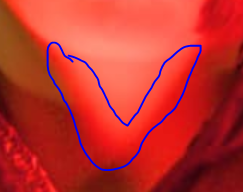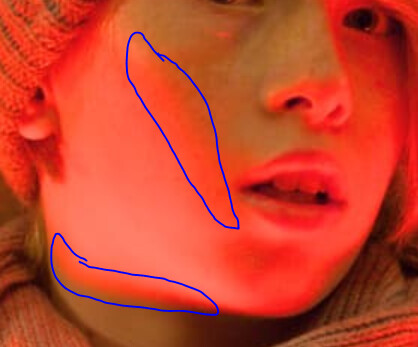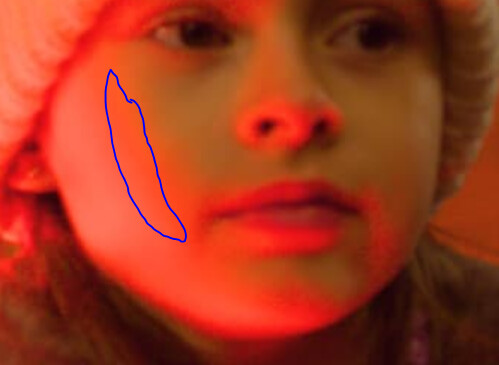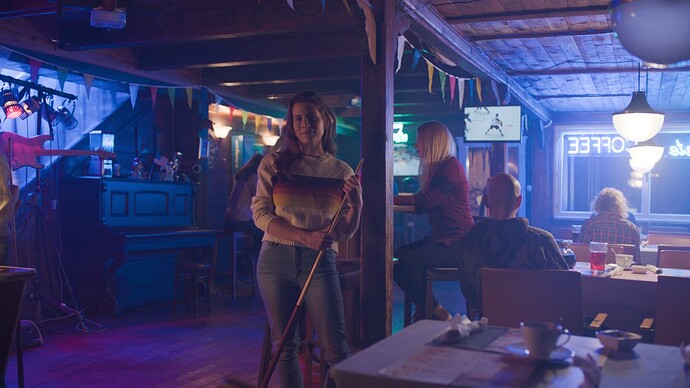Hello,
to avoid any confusion, I re-generated the image, encoded for BT.1886 display. And a version also with an LMT so it does not look lifted.
But what I was hoping to discuss are those “kinks” I can see here and there :



I am wondering if they are similar to what Alex Forsythe pointed out a month ago as Mach bands in the diver image. For the past week or so, I haven´t stopped thinking about Christopher´s sentence :
We don’t absolutely need to know how the human visual system works. We only really need to know how to make pictures work!
And I think he is right on. Since none of us were present in the blue bar or red xmas shoot, maybe we could focus more on the picture´s quality and less on the scene and “what our eyes saw” ? And to me one of the most important aspects of a picture is the smooth tonality. So what are those kinks from ? Are they similar to the ones present in those ramps ?
And what is happening in those screenshots of blue bar I shared in my last message ? Is there some kind of threshold (g0 ? brilliance ?) that makes these areas look “wrong” ?
My tuppence,
Chris

